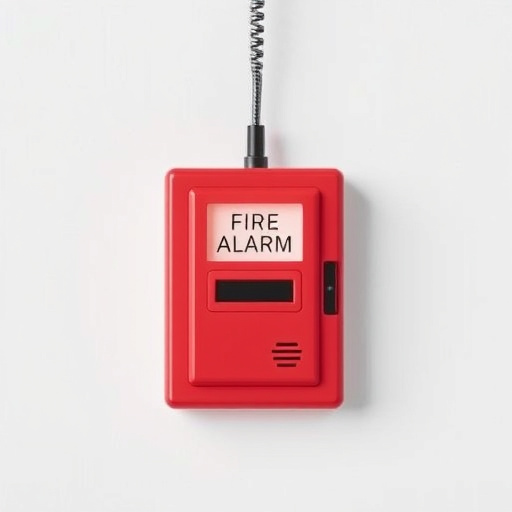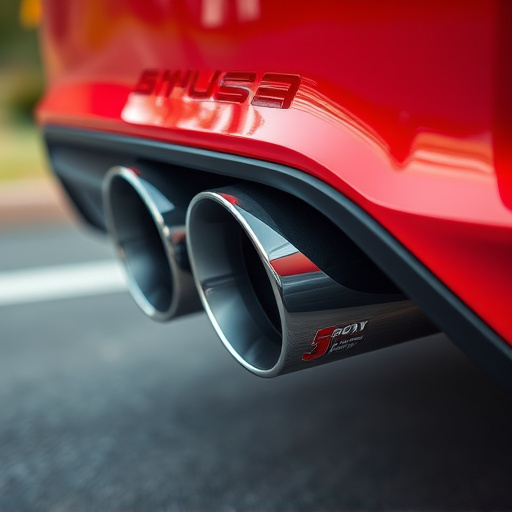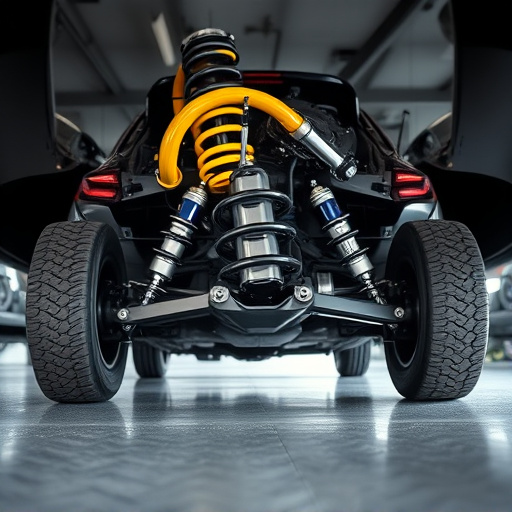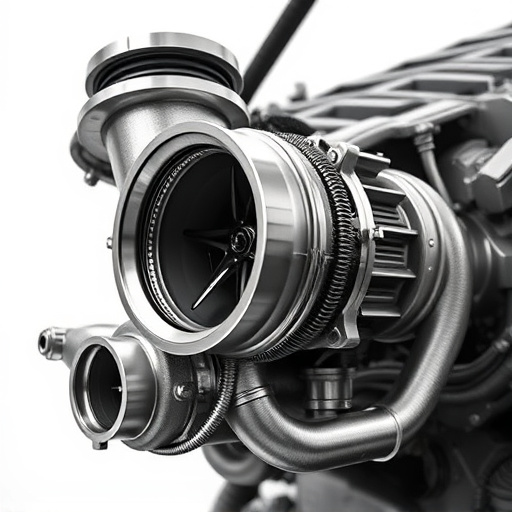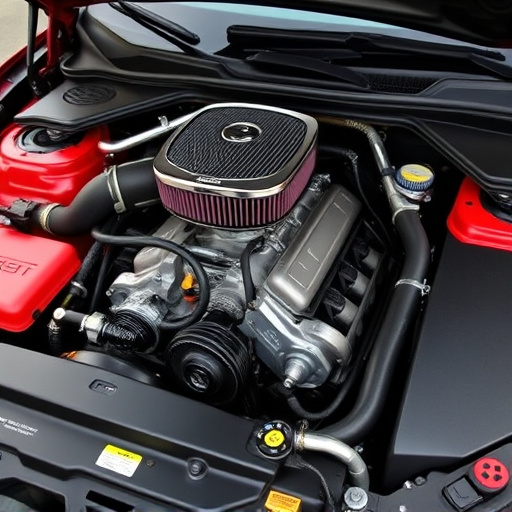Regular visual inspections and airflow measurements are crucial for identifying a clogged performance air filter. Signs of dust, debris, oil, or carbon buildup restrict airflow, impacting engine efficiency. Early detection allows for timely cleaning or replacement, ensuring optimal vehicle performance, reduced strain on components, and improved fuel efficiency.
Identifying a clogged performance air filter is crucial for maintaining your vehicle’s optimal efficiency. This quick guide will help you diagnose the issue efficiently. Start by checking for visible clogging and buildup, as it’s often the first sign of a problem. Next, measure airflow to assess the filter’s efficiency—a drop in airflow indicates a potential blockage. Inspect for oil or dirt deposits on surfaces, as these can signal a severe clog. By following these steps, you’ll be able to determine if your performance air filter needs replacement.
- Check for Visible Clogging and Buildup
- Measure Airflow to Assess Filter Efficiency
- Inspect for Oil or Dirt Deposits on Surfaces
Check for Visible Clogging and Buildup
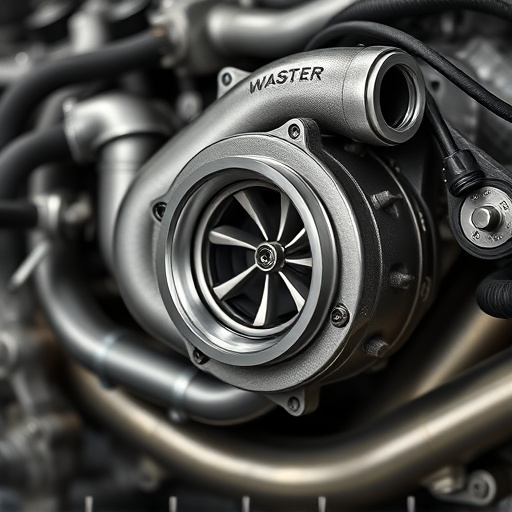
When it comes to identifying a clogged performance air filter, one of the easiest ways is by conducting a visual inspection. Clogged air filters often exhibit visible signs of buildup and debris. Look for layers of dust, dirt, or even small particles like road grit trapped within the filter media. Over time, this clogging can restrict airflow, compromising the overall efficiency of your vehicle’s engine.
Inspecting your performance air filter regularly is crucial, especially if you frequently drive in dusty or muddy conditions. Additionally, owners of high-performance vehicles equipped with powerful engines and modifications like coilover kits or upgraded performance brakes should pay particular attention to their air filters. By keeping an eye out for these visual cues, you can quickly identify when a filter needs cleaning or replacement, ensuring your engine receives the clean air it requires for optimal performance.
Measure Airflow to Assess Filter Efficiency
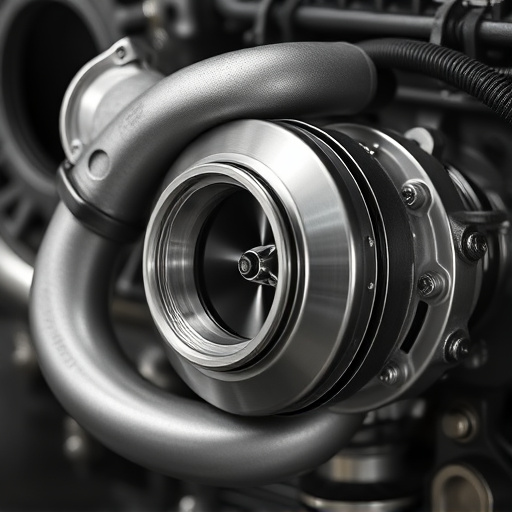
To assess the efficiency of your performance air filter, one effective method is to measure airflow. This can be done using a device called an airflow meter or manometer. By attaching the meter to the intake pipe before the filter, you can gauge the amount of air that passes through at a given pressure. A well-functioning performance air filter should restrict airflow slightly but not impede it significantly. If there’s a notable drop in airflow, it could indicate a clogged filter.
Regularly checking and replacing your performance air filters based on these measurements is crucial for maintaining optimal engine performance. It ensures that your vehicle’s engine receives the right amount of clean air, enhancing efficiency and reducing strain on other components like performance brakes, coilover kits, and brake rotors.
Inspect for Oil or Dirt Deposits on Surfaces
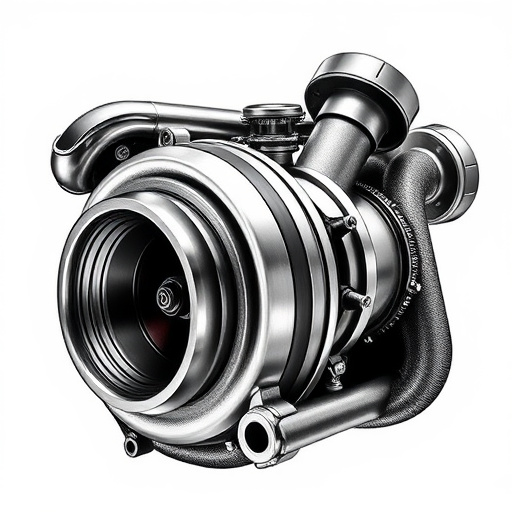
One of the simplest ways to identify a clogged performance air filter is by inspecting it for visible oil or dirt deposits on its surfaces. When an air filter becomes clogged, it restricts airflow, causing the engine to work harder and potentially leading to reduced fuel efficiency and increased wear and tear. Over time, this can result in noticeable accumulations of grease, grime, or even carbon buildup. Look carefully at all sides of the filter; these deposits often form on the outer edges and can indicate that the filter is no longer allowing adequate air flow into the engine, a common symptom of clogging.
Additionally, checking for dirt and debris trapped within the filter itself is crucial. Many performance air filters have intricate designs or synthetic media that capture smaller particles. As these accumulate, they restrict airflow more dramatically, potentially causing noticeable changes in engine performance. If you observe excessive grime or visible obstructions, it’s likely time to replace your performance air filter to ensure optimal exhaust systems functionality and maintain the overall health of your vehicle’s muffler tips and cat back exhaust.
Identifying a clogged performance air filter is easier than you think. By checking for visible clogging, measuring airflow, and inspecting for oil or dirt deposits, you can quickly assess its efficiency. Regularly maintaining your air filter ensures optimal engine performance and fuel efficiency, so don’t overlook this simple yet crucial step. Remember, a clean air filter makes for a happy, healthy engine!
